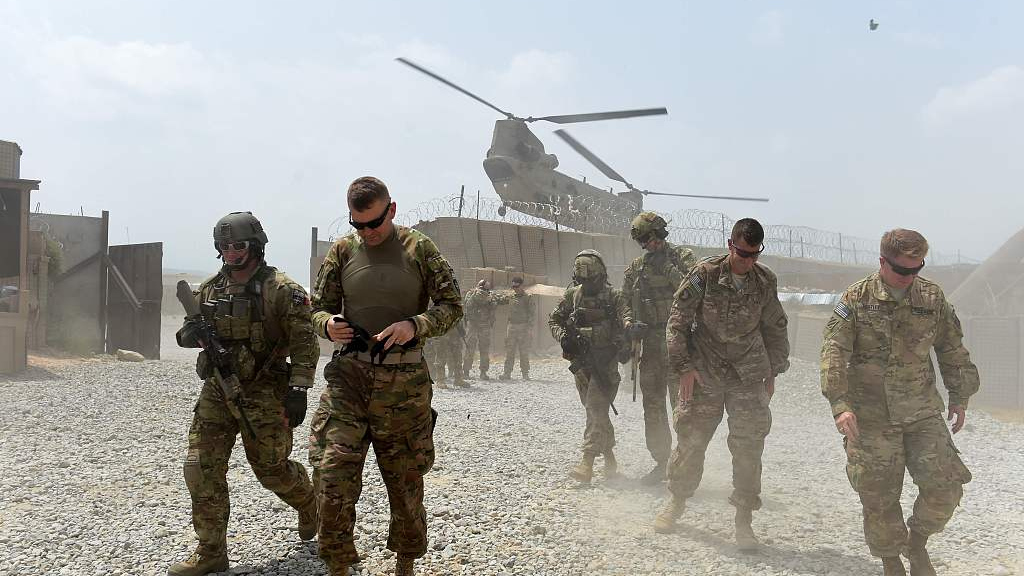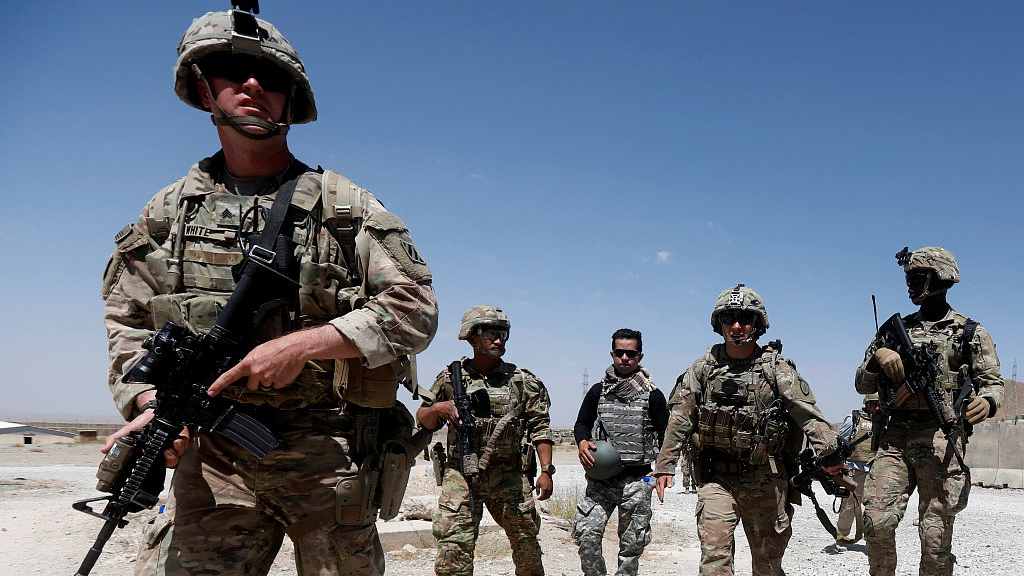A report released by the United Nations Assistance Mission to Afghanistan (UNAMA) and the Office of the United Nations High Commissioner for Human Rights (OHCHR) indicates that U.S. airstrikes on alleged methamphetamine drug labs in the Afghan province of Farah, in May, were unlawful.
The United States Forces – Afghanistan (USFOR-A) carried out a series of airstrikes targeting more than 60 sites identified as Taliban meth labs, on May 5. "Although airstrikes on reported drug labs had taken place before, this was the first time that UNAMA had received reports of a high number of civilian casualties resulting from such an operation," says the report.
Following this, UNAMA conducted an extensive fact-finding operation, including face-to-face interviews with individuals and visits to affected areas. A total of 39 civilian casualties (30 deaths, five injured and four undetermined), including 14 children and one woman, were verified by the UN agency, which also received "reliable and credible information to substantiate at least a further 37 additional civilian casualties (30 deaths and seven injured), the majority of whom were women and children." The total number of deaths may exceed 60, admits the UN.
UNAMA determined that 17 people were working for the drug labs, and that the remaining, including women and children, were not.

U.S. army soldiers in the Khogyani district, eastern province of Nangarhar, August 12, 2015. /VCG Photo
U.S. army soldiers in the Khogyani district, eastern province of Nangarhar, August 12, 2015. /VCG Photo
Contrary to the UN probe, the U.S. says that there were no civilian casualties in the strikes. This stand is in line with a "longstanding United States policy," which considers that economic objects that contribute to a party's war effort are "legitimate military objectives."
UNAMA was unable to corroborate the U.S. position that the locations were legitimate military targets since the civilian structures that were allegedly used as drug labs "did not have a sufficient nexus to the Taliban's war-fighting operations" to classify them as military objectives. Besides, the operation didn't offer a military advantage for USFOR-A, stresses the document.
The report specifies that "some of the targeted structures did not appear to have any connections to drug-processing activities, including residential homes" and that the drug labs targeted "were not controlled and operated exclusively by the Taliban, but rather they were owned and operated by criminal groups with connections to international drug trafficking networks."
Even though the operation involved drug-making facilities and criminal groups, the UN agency insists the civilian status of the individuals is not in question, since the lab workers "were not performing combat functions, and were therefore entitled to protection from attack; as involvement in illicit drug activity would not qualify as direct participation in hostilities."
For the UN, the strikes were contrary to international humanitarian law and drug facilities and people working there "may not be lawfully made the target of attack, and should be protected."
Law enforcement not military operation
The report concluded that "the appropriate – and legal – response to illicit drug activity is through law enforcement, not military, operations."
UNAMA recognized the challenges faced by law enforcement in areas under Taliban control or influence but added that such operations have been carried out by Counter-Narcotics Police.
The agency also highlighted that in a 2018 report, the High Commissioner for Human Rights noted that“some alarming tendencies towards a deeper militarization of the responses by States to counter drug-related crimes."
If the military or special security forces are involved in drug operations, the use of excessive force is likelier to happen. "Such approaches have disproportionately affected vulnerable groups and has repeatedly resulted in serious human rights violations.”
The UN urges the USFOR-A to conduct an independent and transparent investigation to examine the impact on civilians, making the results public to ensure accountability; review targeting policies; strengthen the exchange of drug-related criminal intelligence with Afghan law enforcement agencies; and work with the Afghan government to ensure that sufficient resources are allocated to enforcement agencies to strengthen their ability to conduct such counter-drug operations more effectively.

U.S. troops on patrol at an Afghan National Army (ANA) Base in Logar province, Afghanistan, August 7, 2018. / VCG Photo
U.S. troops on patrol at an Afghan National Army (ANA) Base in Logar province, Afghanistan, August 7, 2018. / VCG Photo
U.S denial
The U.S. command issued a statement maintaining that there were no deaths or injuries to civilians.
"USFOR–A is fighting in a complex environment against those who intentionally kill and hide behind civilians, as well as use dishonest claims of non-combatant casualties as propaganda weapons," the statement said, quoted by Reuters. "USFOR–A took extraordinary measures to avoid the deaths or injuries of non-combatants."
"In addition to imagery collection during the precision strikes, USFOR-A conducted exhaustive assessments of the facilities and surrounding areas after the strikes," the command added.
Operation Iron Tempest
In 2017, the U.S. and Afghan forces launched an air and ground campaign, called Operation Iron Tempest, to target Taliban narcotics sites, in efforts to cut off funding to the Taliban group, but it had little impact on the revenues and became unpopular among farmers, who rely on poppy crops. The U.S. military estimated that there were 400-500 drug labs in Afghanistan that produced 200 million U.S. dollars per year in revenue for the Taliban.
Operation Iron Tempest ended quietly in the end of 2018 on a "high-priced failure" note. The U.S. has spent 8.9 billion in U.S. dollars in counter-narcotics efforts since 2001, but Afghanistan continued to produce about 85 percent of the world's illicit opium supply, according to Time Magazine. However, it seems the target was changed to methamphetamine drug labs.